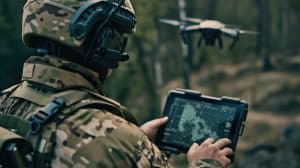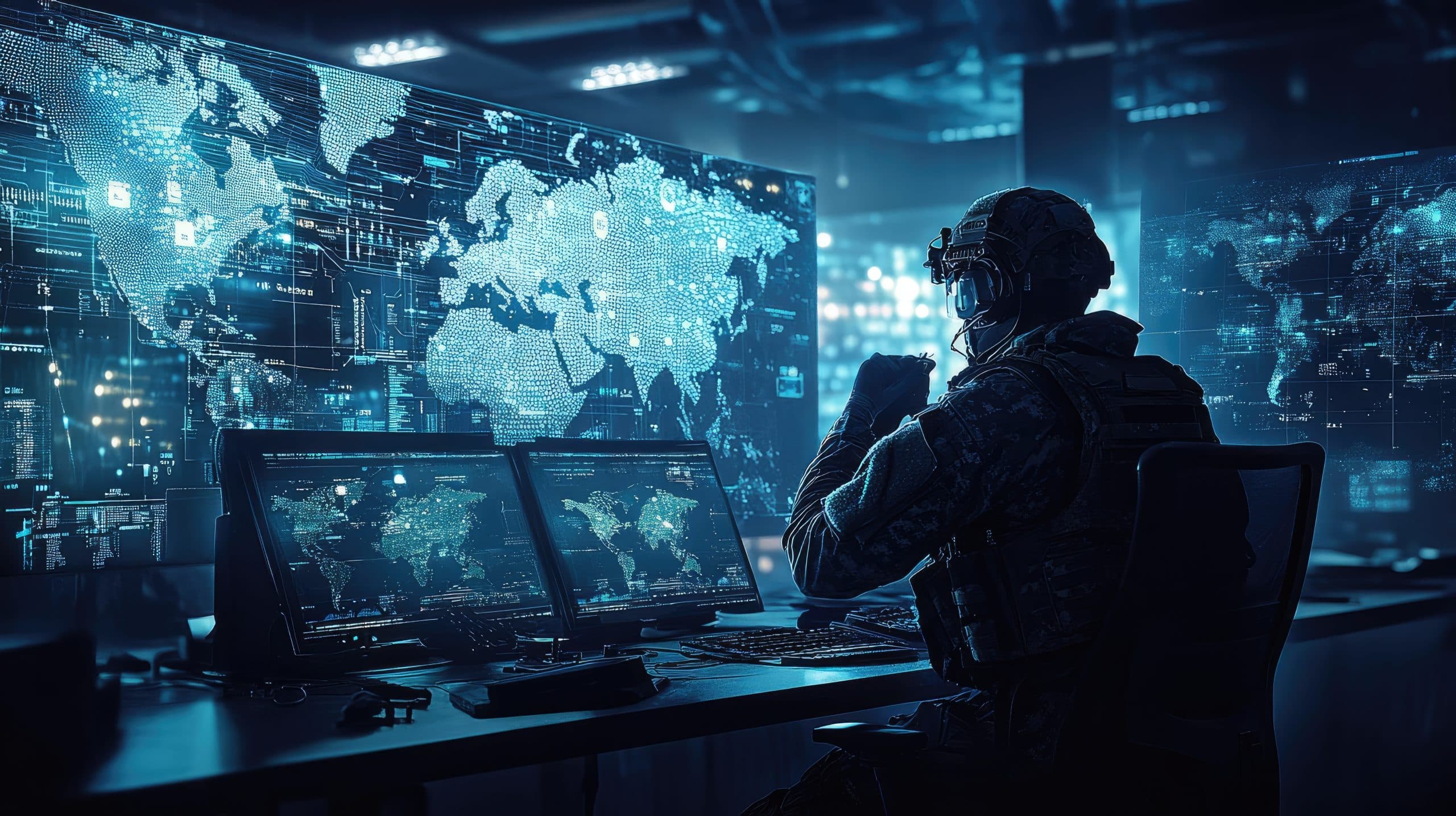In modern warfare, decisions need to happen in real-time – there’s no room for delay. That’s where edge computing in the military comes in. By processing data closer to the source – on the battlefield, in a drone, or in a vehicle – video edge computing allows the military to make faster decisions with greater accuracy. Tactical edge cloud computing enables local processing instead of relying on a central data center. This means troops on the ground get actionable intelligence instantly, and faster decisions mean better outcomes in critical mission scenarios.
Applications of Video Edge Computing in Military Operations
Edge computing delivers significant advantages to a wide range of critical military operations, including:
- Situational awareness: Real-time data processing improves battlefield visibility and threat detection.
- Autonomous systems: Drones use tactical edge cloud computing for faster navigation and response.
- Communications and networking: Secure, low-latency communication ensures troops stay connected under challenging environments.
- Predictive maintenance: Sensors at the edge detect attrition early, reducing equipment failures.
- Targeting & weapon systems: Faster processing enables precision targeting and response.
- Logistics & supply chain: Real-time tracking improves delivery accuracy and resource management.
Security Challenges in Military Environments
The nature of today’s warfare means that adversaries are constantly searching for vulnerabilities to exploit, and edge devices – which often operate independently from centralized systems – are attractive targets.
Edge devices are often used in dangerous areas where cyber and physical attacks are genuine threats. One significant risk is unsecured data transmission. Edge devices usually rely on field-based or satellite communications, which are vulnerable to interception. A single intercepted communication could expose troop locations or mission plans, putting lives at risk.
Another threat is unauthorized access to edge devices. If an enemy gains control of a device, they could alter mission data, disrupt operations, or even gain access to larger military networks.
Securing sensitive data while maintaining low latency is another challenge. Encryption and security checks slow down data processing. But in combat, even a small delay can be dangerous. The military needs both fast data processing and strong security – a difficult balance to maintain.
Power and Bandwidth Challenges in Remote Operations
Military operations often occur in remote and rugged environments with little or no access to power and network infrastructure. Many video edge computing devices rely on batteries, solar panels, or portable generators. However, these solutions provide limited and inconsistent power.
Bandwidth limitations introduce another difficulty. Military data, such as video from drones or sensor feeds, consumes a lot of bandwidth. Transmitting such large amounts of data over limited bandwidth can cause delays and increase the risk of data loss. This is particularly concerning when real-time intelligence, like threat detection or targeting information, needs to be processed and shared instantly.
High-latency connections further complicate the situation. Satellite communications are often used in remote areas and can have a delay of 500 milliseconds or more. That’s half a second, which may seem minimal, but in a battle, milliseconds can mean the difference between success and failure.

Challenges with Interoperability and Legacy System Integration
Unlike commercial environments where technology lifecycles are relatively short, military hardware and software platforms are often designed to last for decades. This means that many are built on decades-old infrastructure, making it complicated to add new technology like video edge computing.
Legacy systems don’t always have the processing power needed for edge computing in military operations. Furthermore, some use outdated communication protocols that are too slow or insecure for modern data exchange. Upgrading existing systems is often expensive and time-consuming, and retrofitting them with tactical edge cloud computing solutions requires careful planning and execution.
How Maris Solutions Solve These Challenges
Security: Maris addresses security challenges with advanced encryption and real-time security checks. Our systems protect data from hackers and keep devices secure, even in the most dangerous environments.
Power and bandwidth: Maris helps solve power and bandwidth problems with low-power hardware and smart data compression. Our video edge computing solutions process data locally, reducing the need for constant high-bandwidth communication and minimizing latency. This ensures that military teams have access to real-time intelligence and operational control even in the most isolated environments.
Interoperability: Maris products are designed to work with existing military systems. Our flexible design makes it easy to add new technology without replacing old hardware. This allows faster data sharing and better coordination between different branches and allied forces. By solving compatibility issues, Maris helps military forces improve communication and decision-making across different platforms.
The Future of Edge Computing in the Military
As conflicts become more digital and fast-paced, real-time intelligence and rapid response will define success. Maris overcomes the most pressing challenges with robust encryption and authentication protocols, alongside optimized hardware with low latency capabilities, and video communication architectures that facilitate optimal data exchange for critical intelligence. Maris delivers powerful, secure, and reliable edge solutions that help the military navigate even the toughest military environments.
Contact us to learn how Maris video edge computing solutions can improve your mission readiness.


